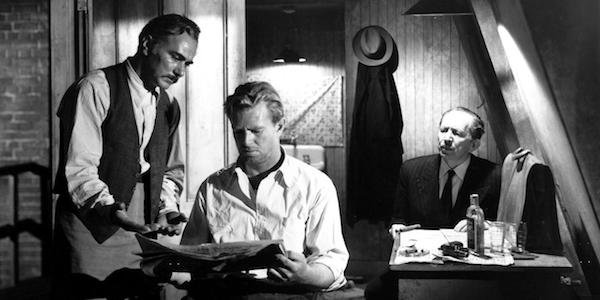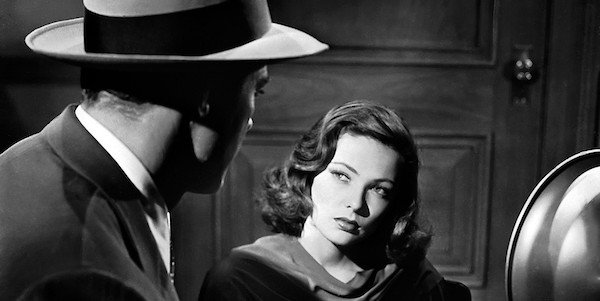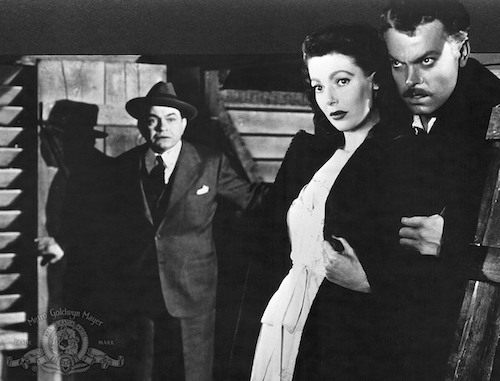When World War II ended, and films could be seen across country borders again, there was a certain backlog of unseen movies. By the 1950s, the French cinema scholars began writing about a certain style that had emerged in movie making during the 1940s. They dubbed it film noir.
There is a case to be made that it may not have become a codified genre had it not been for the glut of movies and the insatiable appetite of French audiences for American films. By seeing so many in concentrated quick succession, a list of shared characteristics became a tip sheet for films noir.
Scholars today still disagree on some of the finer points in defining film noir, and some will argue endlessly on the inclusion of one movie or another (honestly that’s part of the fun of it), but there are a few elements that tend to show up. It can be tricky to hunt them in the wild, but here are a few ways to spot a film noir.
Low Key Lighting
During the Great Depression and WWII even the most successful studios had to grind out films quick and dirty to meet the demand of audiences every week on a tight budget. Film noir embraced the small budget and made it stylish. Directors used a bright light or two to make a high contrast black and white style with bleak surfaces and deep shadows.
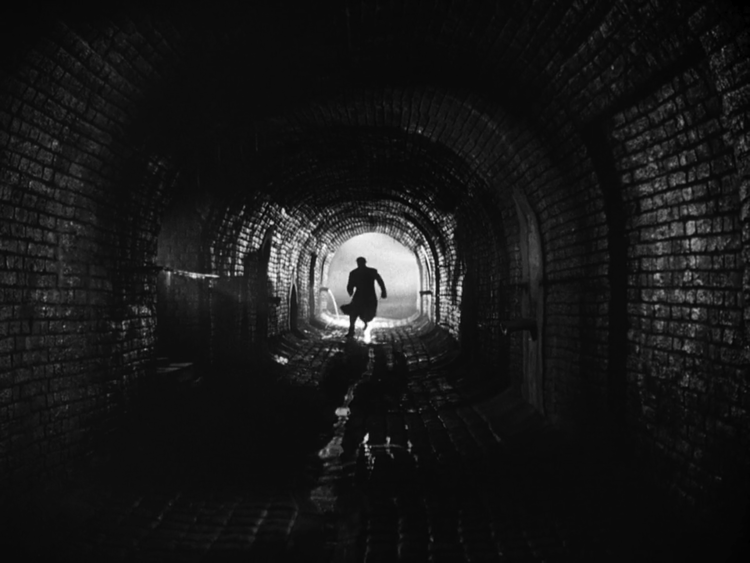
Femme Fatale
The slinky, slippery woman who traps the male hero with her wily ways is portrayed as a fatal female, representing an undercurrent of anxiety from the war. The capable V for Victory woman was a danger to the fragile social structure when GIs returned home. Though the Hays Code was still well in effect at this time, studios could get away with the femme fatale because she doesn’t get away with her underhanded ruses.
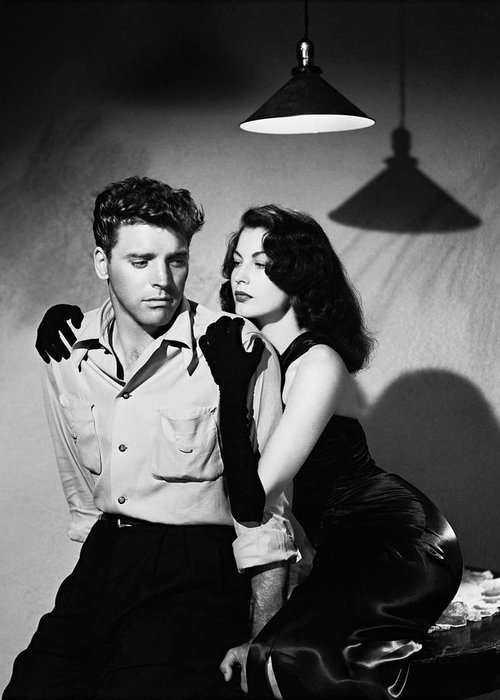
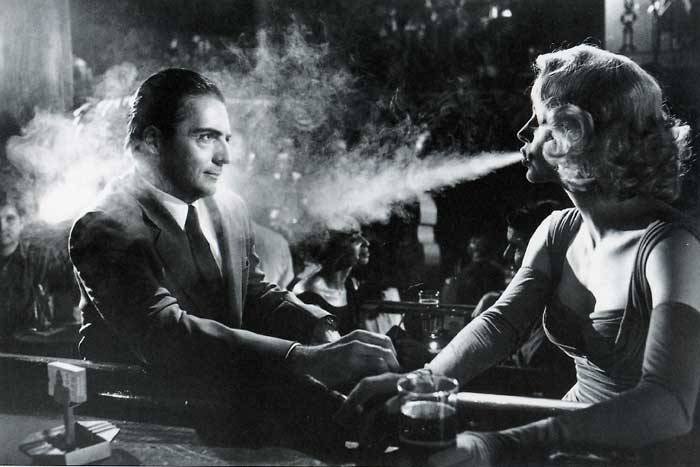
The Everyman is being held down
It might be a wrongfully convicted prison escapee, a down on his luck stevedore, a P.I. without a case, or a woman just trying to put her life back together. It feels like the universe is working against them somehow, and the setting reflects that trapped feeling. A film noir is often set in an urban rabbit warren that is seemingly inescapable, pushing them to engage with the blurred lines of morality.
These characters become heroes in these films because despite their cynicism, they still seek justice even on the smallest scale. An insurance company executive uncovers a murderous plot, and yet the audience roots for the homicidal wife and the hapless salesman who gets caught in her web.
Not sure where to start? Try these classic films that just about everyone agrees on.
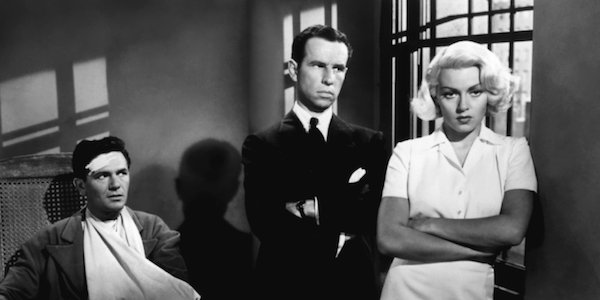
The Postman Always Rings Twice (1946)
Based on a popular novel by James M. Cain, and starring rugged John Garfield and saucy Lana Turner, it tells the doomed story of an unhappy wife who takes up with a drifter. The two conspire to kill her husband (a common film noir theme). Part romantic drama, part murder mystery, part courtroom drama, there is no lack of questionable morality.
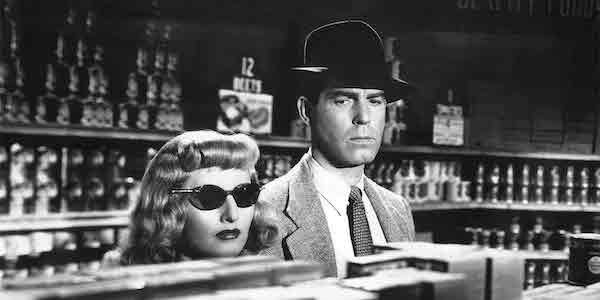
Double Indemnity (1944)
Long before he was a Disney dad, Fred MacMurray was getting into serious trouble on film. The devastating Barbara Stanwyck calls an insurance salesman to take out a policy on her husband and the two hit it off a little too well. After helping her come up with a “perfect murder” that the insurance company won’t investigate closely, MacMurray realizes he is in too deep. The cast is bolstered by workhorse Edward G. Robinson, a common character actor in noirs.
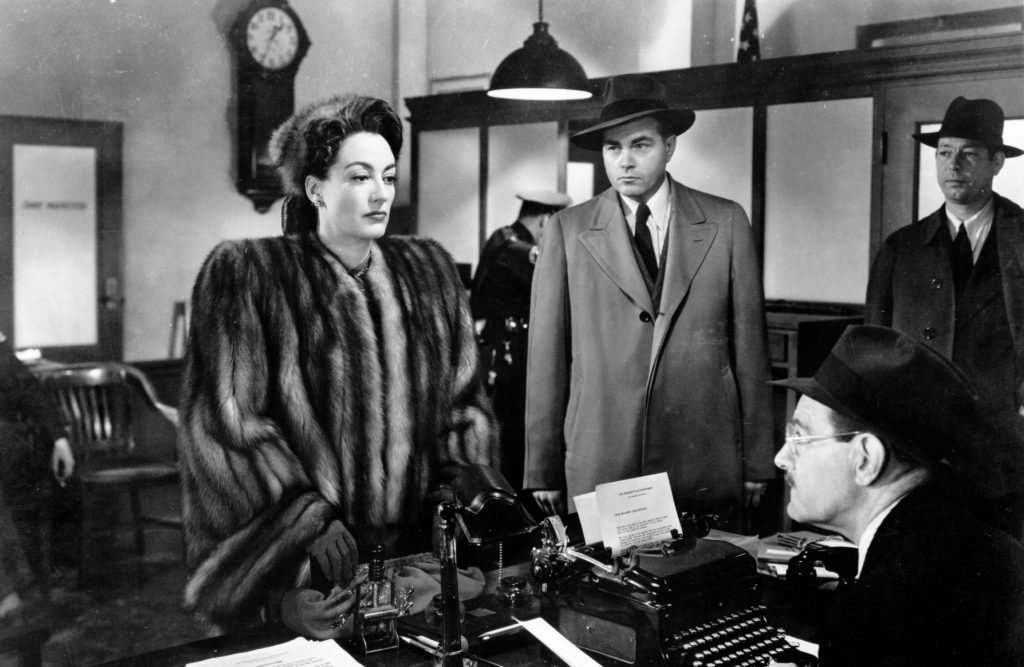
Mildred Pierce (1945)
Joan Crawford won an Oscar for her performance in this classic crime drama, Mildred Pierce (the film was nominated for five more). Also based on a novel by James M. Cain, it follows the rise and fall of a single mother who buys and runs a successful restaurant, something she does much better than raising her spoiled daughter. The film excels in exposing what it means to be a woman in America as well as featuring some beautiful low key lighting.
The Asphalt Jungle (1950)
The plot of The Asphalt Jungle is built around a jewel heist, one last job that will make them all rich enough to quit the game forever. Sterling Hayden is drawn into the theft with the promise of so much money he can leave the dark, decrepit city and buy his father’s horse farm in the country. He yearns for wide open spaces and fresh air, away from the immoral city. It’s also notable for a small role for then-unknown Marilyn Monroe.
Laura (1944)
It’s hard to think of a deadlier female than Gene Tierney as Laura Hunt in Laura. The film is told in flashback. Laura is already dead and it is up to Dana Andrews to discover her murderer. Gorgeous, successful, and ethereal, the detective becomes obsessed with the memory of a woman he never knew as he seeks to find the truth. It is a very approachable example of noir for a newbie.
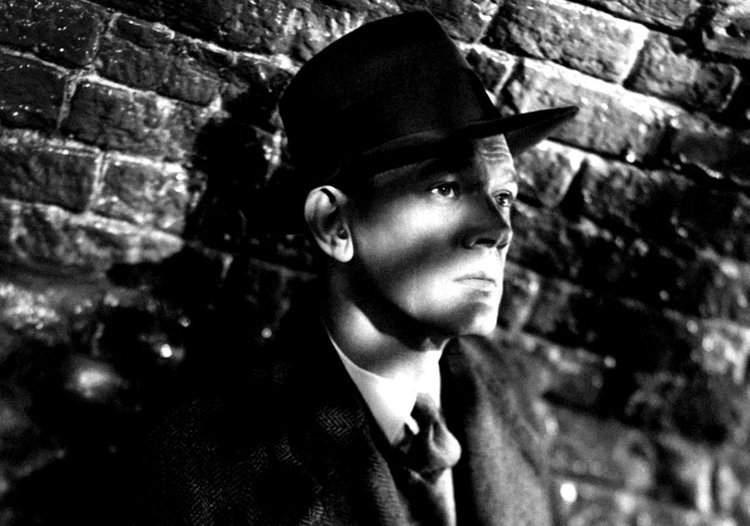
The Third Man (1949)
This is a spy thriller set in Vienna during the Allied occupation. The war is over and several countries claim areas of the city. Affiliations are fluid and dangerous. Joseph Cotten unwittingly enters the den of thieves at the invitation of his friend Orson Welles. What greets him instead is his friend’s funeral and a fraught city. Noted for its deep focus and wild camera angles, The Third Man won the Oscar for best black and white cinematography.
The Stranger (1946)
Tapping into the post-War fear in America, The Stranger revolves around the search for a Nazi war criminal loose in All-American Connecticut. Orson Welles behaves suspiciously and his wife Loretta Young even begins to suspect he is the Nazi in hiding. Edward G. Robinson is the hunter, looking for a criminal with a mania for clocks. The film also served an informational purpose, showing the stateside audiences images from the Holocaust and concentration camps.
Shadow of a Doubt (1943)
In Shadow of a Doubt, Joseph Cotten plays Charlie, beloved uncle to Teresa Wright, but she begins to suspect that his impromptu visit is more than just a friendly call. When she discovers that he is wanted for murder, she becomes the next on his victim list. It is Alfred Hitchcock’s only true film noir (though many of his movies had aspects of it). He uses deep shadows and glowing backlight to make Wright appear saintly, while Charlie lurks in the shadows ready to pounce.
***
Guys who talk out of the sides of their mouths, calling women “broads” and “dames.” Detectives, crime, forbidden love, doomed lives. Dark alleys, sympathetic bad guys, strong and dangerous women, stark lighting, trapped characters and dim settings are all signs you might be watching a film noir.
Originally written for DVD Netflix

